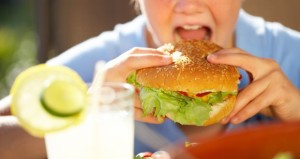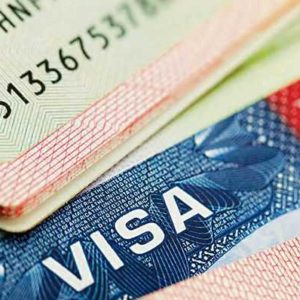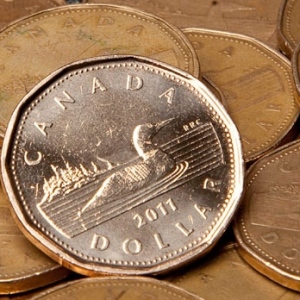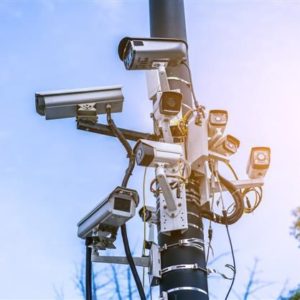
A new study published in the journal Molecular Psychiatry has revealed the reason behind the tendency of obese people to overeat food. According to the study, differences in brain chemistry makes obese individuals to have stronger pull for food triggers.
The study involved 43 men and women having varying amounts of body fat. They followed the same eating, sleeping and activity schedule during the study period. Their tendency to overeat was determined with the help of a detailed questionnaire in response to triggers in the environment.
Obese people tend to have greater dopamine activity in the habit forming region of the brain than their lean counterparts and lesser dopamine activity in the region controlling rewards, the findings showed. Dopamine is a neurotransmitter that helps control the brain’s reward and pleasure centres. Positron emission tomography (PET) scans were taken to evaluated the sites in the brain where dopamine was able to act.
These differences could potentially make the obese people more drawn to overeat in response to food triggers and simultaneously make food less rewarding to them. ‘Eating based on unconscious habits rather than conscious choices could make it harder to achieve and maintain a healthy weight, especially when appetizing food cues are practically everywhere, said lead author Kevin Hall from the National Institutes of Health in the US.
How to control your portion size?
One way to do so is to look at the food pyramid which gives a standard idea about daily requirements of different nutrients. A person can plan his meals and reduce the quantity of portion to meet their calorific requirements. For example, if you have to eat five servings of cereals in a day, distribute them into three-four different meals to control your portion.
As far as possible, eat a balanced meal which is nutritious and healthy and reduce sugar and salt intake. Know how many calories you require based on several factors and keep a track of how many you are consuming to control your portion size.
You don’t have to rely on measuring cups to control your portion size, you can get an estimate with the help of your hands and other everyday items. Here’s how:
To select your meat portion, eat about a handful of it (as big as your palm). It will about weigh 75g (2.5 oz).
To decide how much cooked rice, pasta or boiled potatoes to eat, look at a standard computer mouse as it will be equivalent to half cup or 125g.
For salads and vegetable portions, open both your palms together and take that much.
The ideal portion size for ice-cream is the size of a tennis ball.




 Veteran Punjabi film actor Nirmal Rishi receives Padma Shri
Veteran Punjabi film actor Nirmal Rishi receives Padma Shri


























